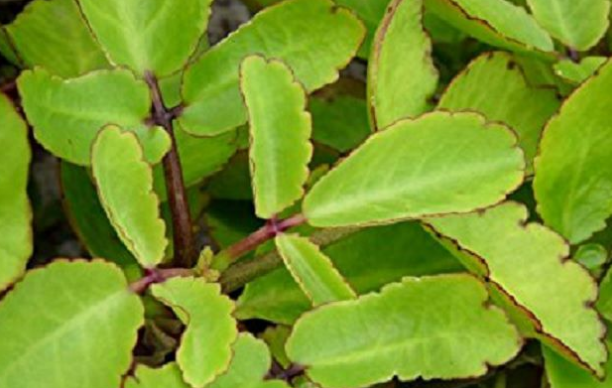
Patharchur is a medicinal herb that is available in all the season. In India, it is found in all the tropical regions while in other countries it is mainly cultivated in Sri Lanka, East Africa, Brazil and Egypt. Cultivation of Patharchur, whose scientific name is Coleus Barbatus began in Tamil Nadu, Andhra Pradesh, Maharashtra, Karnataka and Rajasthan and has proved to be very successful. The height of its plant is up to 70 cm. Central Government gives a 30 percent subsidy for farmers doing its cultivation.
Climate and soil Requirements
The herb grows well in a land that is brittle and has been made into rams and tubes because it does not hold water under the plants and does not spoil the crop. For this, the land is not necessarily more fertile, but it is also grown in less fertile land at a lower cost. Mostly it is grown in tropical regions.
Nursery technique
For commercial cultivation, the root is sown in pieces as a seed for cultivation. The length of the pieces here is about 10 to 12 centimeters in which there are pairs of three to four leaves. All these pieces are planted in properly prepared nursery beds or poly bags which should remain in the shade rather than in the sun. About 8000 root pieces are required to grow the crop in one hectare of land.

Field planting
For the cultivation of Patharchur, the field is plowed twice so that the soil becomes friable and weed free, then it is leveled. Now the quantity of manure is also scattered in it, which is to be 15 tonnes of fertilizer or earthworm compost manure per hectare. The plant is put in the field 15 days before planting. Later, equal amount of fertilizer is used in 30 kg of nitrogen, phosphorus and potash, the crop yields better. After this, if there is not enough moisture in the land, irrigation should be done at least twice.
Inter cropping system
This crop is grown only among the trees of evergreen species because their partial shade is more useful for its growth.
Methods
At the beginning, a substantial amount of phosphates, potash and fertilizer is given to the plants.
Here the amount of nitrogen fertilizer is given in half i.e. in two parts.
Proper irrigation is done so that it gives better yield.
It is necessary to remove the weeds twice after planting the plants, which should be done first after 30 days and then after 60 days.
To prevent fungus, water should not be stored around the plants at all.
Before planting, soak the pieces of seed in a solution of Carbendazim.
5 kg of Trichoderma should be mixed with 250 gm of compost and it must be applied to the roots at intervals of 20 days.










